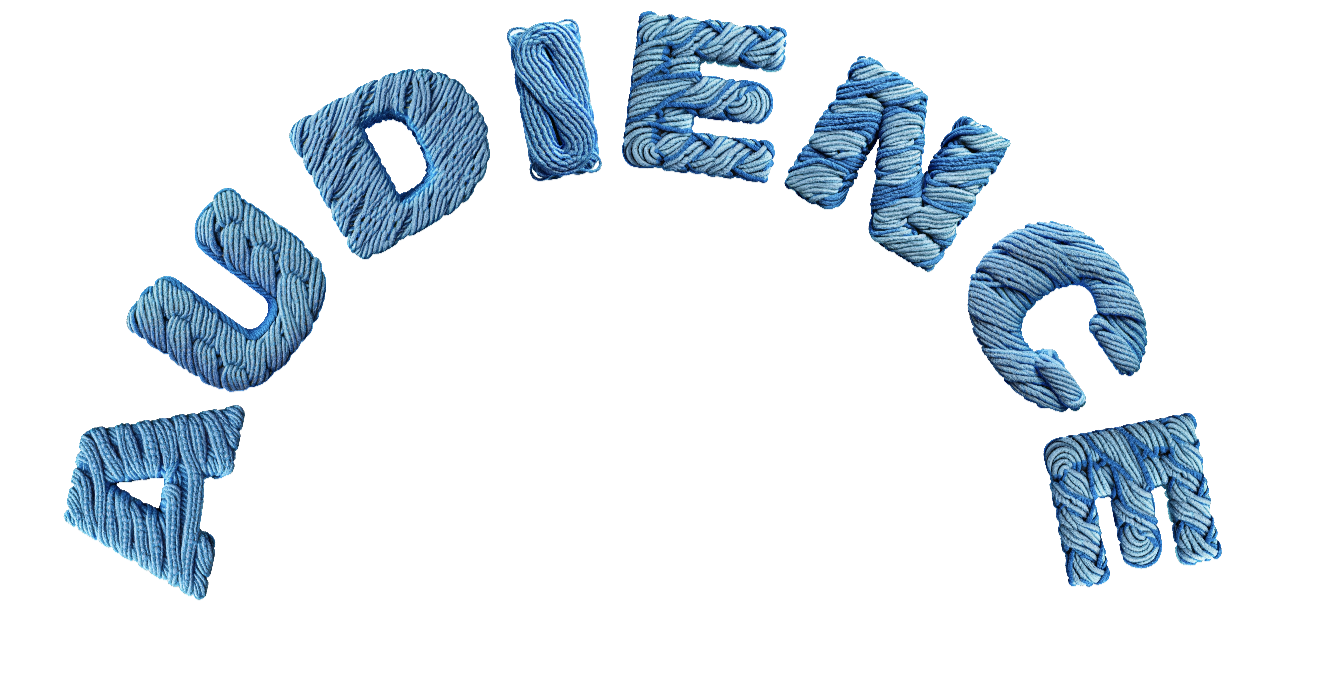Week 10: Engaging My Audience: Exploring Art Education in the AI Era

Engaging My Audience: Exploring Art Education in the AI Era
In developing my curatorial project, I’ve been carefully considering my target audience: art students, and students without an art background. I chose this specific group because they share similarities—such as being within a similar age group and educational level—but importantly differ in their educational backgrounds in art. This allows me to focus my exploration clearly on how different backgrounds affect their interaction with contemporary AI-driven art-making processes, and specifically, on the role art education plays in shaping creative output.
Initially, my interactive exhibition concept involved placing a machine at the entrance of the gallery, where visitors could input prompt words to instantly generate and print AI-created artworks to take home. While I still love the idea of immediate interaction and creation, I recently reconsidered this approach to ensure better engagement and broader participation from my selected audience.
To make this interactive element more accessible and attractive to students, I decided to actively approach and engage potential participants outside the gallery setting. Inspired by street photography methods, I plan to distribute visually appealing leaflets around campus, raising curiosity and inviting students directly. Additionally, I will personally approach students, asking them if they’d like to create a unique AI-generated artwork by inputting their own set of prompt words. After they generate the image, I’ll print it out and give it to them, simultaneously encouraging them to bring this personalized creation to the exhibition.
By adopting this proactive approach, I aim to not only heighten anticipation and curiosity around my exhibition but also bridge the gap between passive gallery visits and active participation. This method helps emphasize my project’s core exploration: how technology, creativity, and educational background intersect within contemporary art. I want the exhibition space to become a melting pot where differences in educational background can be subtly highlighted through creativity, provoking reflection on whether traditional art education still holds significant value in the AI era—or whether AI has truly democratized the artistic process, supporting Joseph Beuys’ famous declaration: “Everyone is an artist.”
I look forward to seeing how these interactions shape my exhibition, and I’m excited to foster meaningful dialogue among visitors from different educational backgrounds through these creatively diverse contributions.
Posted by s2650531


HTML Text
Plain text
Close

